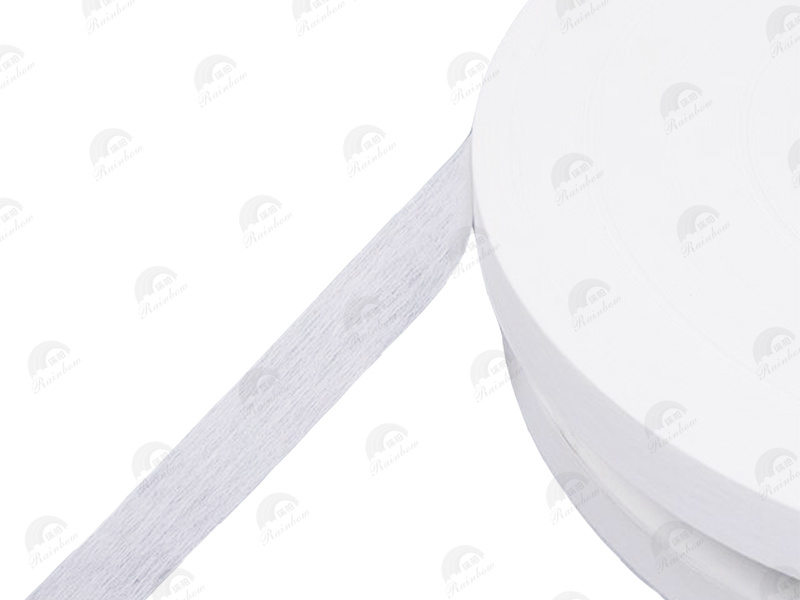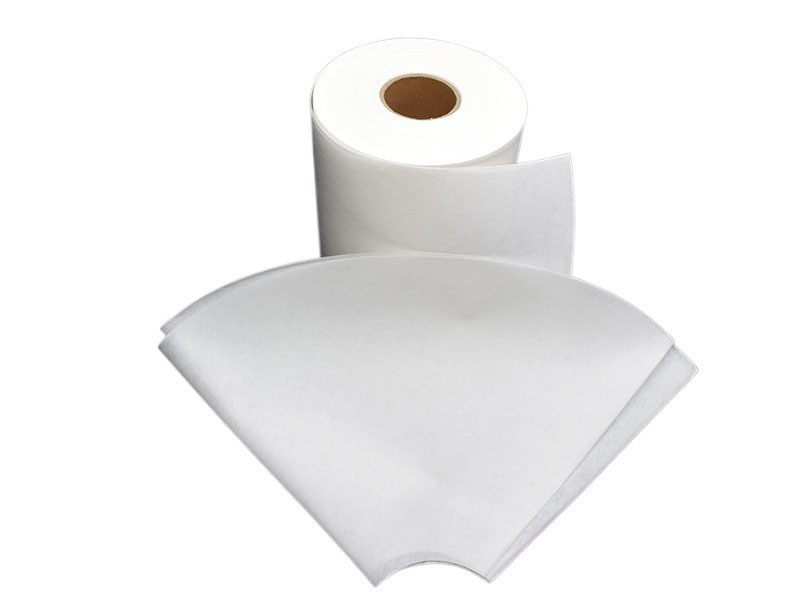Understanding the Benefits of Soft Handfeel Fusible Interlining in Textile Applications
Release time:
2025-05-31
Soft handfeel fusible interlining is a specialized textile component widely used in the fashion and apparel industry. This type of interlining combines a gentle touch and adhesive backing, making it an ideal choice for various applications in garment construction. The primary purpose of interlining is to provide support and stability to fabrics, helping maintain the shape and structure of garments while ensuring comfort for the wearer.
One of the standout features of soft handfeel fusible interlining is its ability to enhance the drape of fabrics without compromising their softness. This is particularly important in high-end fashion, where the tactile experience is just as significant as the visual appeal. Designers often seek materials that provide a luxurious feel, and soft handfeel fusible interlining meets this requirement by offering a smooth and supple texture that elevates the overall garment quality.
When selecting soft handfeel fusible interlining, it is essential to consider the weight and composition of the fabric it will be applied to. The right interlining should complement the outer fabric, allowing it to move naturally while providing the necessary support. For instance, lightweight fabrics like silk or chiffon may require a lighter interlining to avoid adding bulk, while more structured fabrics like wool may benefit from a heavier option to maintain their form.
Another critical aspect of soft handfeel fusible interlining is its fusibility, which allows it to bond seamlessly with the outer fabric when heated. This process not only secures the interlining in place but also contributes to a cleaner finish, eliminating the need for additional stitching that can alter the garment's aesthetics. The ease of application makes it an efficient choice for both manufacturers and seamstresses, streamlining the production process.
Moreover, the versatility of soft handfeel fusible interlining makes it suitable for a wide range of garments, from tailored blazers to casual shirts. Its ability to enhance the garment's structure while maintaining a comfortable feel is pivotal in meeting consumer demands for fashion that combines style with comfort. As the industry evolves, the importance of using quality interlining materials like soft handfeel fusible interlining continues to rise.
In conclusion, the role of soft handfeel fusible interlining in the textile industry cannot be overstated. Its unique combination of softness, support, and ease of use positions it as a valuable resource for garment makers aiming to create high-quality apparel. By understanding its benefits and applications, professionals in the textile sector can make informed decisions that enhance their products' overall appeal and functionality.
One of the standout features of soft handfeel fusible interlining is its ability to enhance the drape of fabrics without compromising their softness. This is particularly important in high-end fashion, where the tactile experience is just as significant as the visual appeal. Designers often seek materials that provide a luxurious feel, and soft handfeel fusible interlining meets this requirement by offering a smooth and supple texture that elevates the overall garment quality.
When selecting soft handfeel fusible interlining, it is essential to consider the weight and composition of the fabric it will be applied to. The right interlining should complement the outer fabric, allowing it to move naturally while providing the necessary support. For instance, lightweight fabrics like silk or chiffon may require a lighter interlining to avoid adding bulk, while more structured fabrics like wool may benefit from a heavier option to maintain their form.
Another critical aspect of soft handfeel fusible interlining is its fusibility, which allows it to bond seamlessly with the outer fabric when heated. This process not only secures the interlining in place but also contributes to a cleaner finish, eliminating the need for additional stitching that can alter the garment's aesthetics. The ease of application makes it an efficient choice for both manufacturers and seamstresses, streamlining the production process.
Moreover, the versatility of soft handfeel fusible interlining makes it suitable for a wide range of garments, from tailored blazers to casual shirts. Its ability to enhance the garment's structure while maintaining a comfortable feel is pivotal in meeting consumer demands for fashion that combines style with comfort. As the industry evolves, the importance of using quality interlining materials like soft handfeel fusible interlining continues to rise.
In conclusion, the role of soft handfeel fusible interlining in the textile industry cannot be overstated. Its unique combination of softness, support, and ease of use positions it as a valuable resource for garment makers aiming to create high-quality apparel. By understanding its benefits and applications, professionals in the textile sector can make informed decisions that enhance their products' overall appeal and functionality.
Soft Handfeel Fusible Interlining
Latest News
Nantong Rainbow Technology Co., Ltd.
Telephone:+86-13587673537
E-mail:chrislc717@163.com
Address: Group 42, Xizansi Village, Xiting Town, Tongzhou District, Nantong City, Jiangsu Province

Copyright©2024 Nantong Rainbow Technology Co., Ltd. | Powered by www.300.cn
Copyright©2024 Nantong Rainbow Technology Co., Ltd.
Powered by www.300.cn




